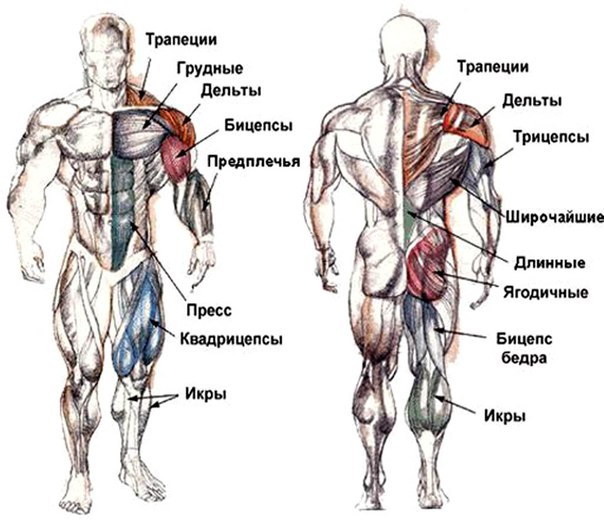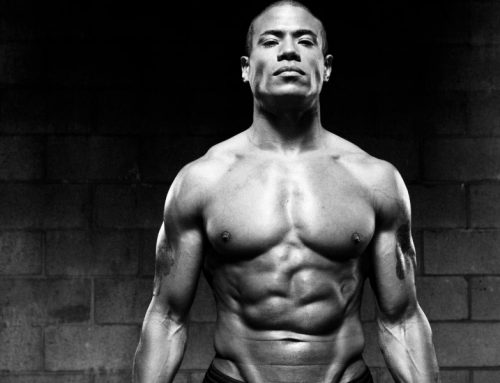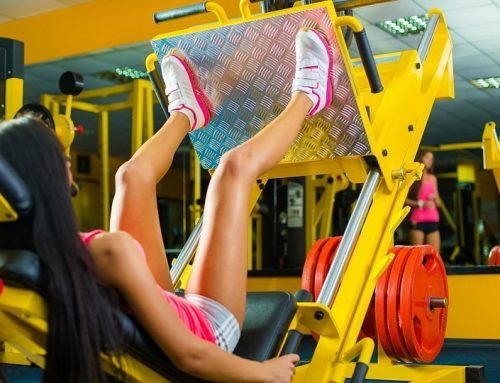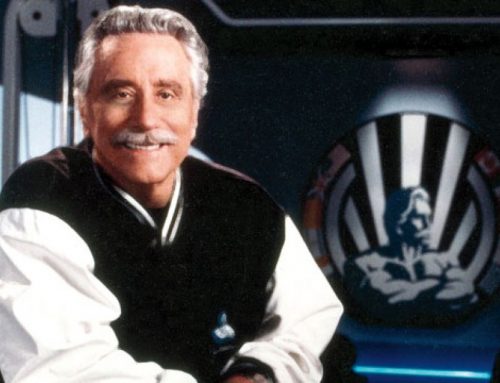This chapter contains basic information about the muscles found in the human body and their structure.
Humans have three types of muscle tissue:
- drawn (transverse striated),
- cardiac striated,
- unstriated (smooth).
Of these three types of muscle tissue, the most interesting for bodybuilding is the striated (transverse striated) muscle tissue, because it is part of the skeletal muscles and forms their basis.
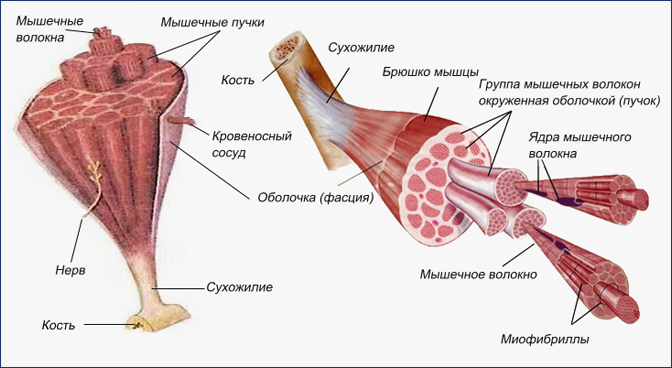
Structure of transverse striated muscle tissue
If we talk about the total number of muscles, we can say that there are about 600 muscles in the human body. Most of them are paired and located symmetrically on both sides of the body.
The total weight of muscles is:
– 42% of body weight in men,
– 35% in women,
– 45-52% in athletes.
More than 50% of the weight of all muscles is located on the lower limbs, 25-30% – on the upper limbs, 20-25% – in the area of the trunk and head. Under the influence of systematic training there is a structural reorganization of muscles, an increase in their weight and volume. This process is called functional hypertrophy.
The basic structural unit of a muscle is a muscle fiber. An individual muscle fiber has a length from 0.1 to 2-3 cm (up to 12 cm in the tailor muscle) and a thickness from 0.01 to 0.2 mm. The muscle fiber is surrounded by a sheath – sarcolemma, on the surface of which are located motor nerve endings. A single fiber may be approached by several nerve endings.
The nerve endings found in muscles are called receptors and effectors. Receptors perceive the degree of contraction and stretch of the muscle, speed and force of movement. From the receptors, information flows to the central nervous system, signaling the state of the muscle.By the effectors, impulses from the central nervous system travel to the muscles, causing them to become excited. The strength of contraction of excited muscles varies with the frequency of nerve impulses. The greater the frequency of nerve impulses – the greater the intensity of contraction.
Sarcolemma, (the sheath surrounding the muscle fiber) separates the inner contents of the muscle fiber from the intercellular fluid washing it. The entire inner space of the muscle fiber is occupied by sarcoplasm, which is a colloidal protein structure in which clumps of glycogen, fat droplets, and some other inclusions are embedded. The sarcoplasm contains various subcellular particles: nuclei, mitochondria, myofibrils, ribosomes and others. Their function is to regulate muscle fiber metabolism by affecting the synthesis of specific muscle proteins.
Myofibrils are long specialized organelles of the muscle cell that carry out the function of contraction. There are more than 2000 of them inside each fiber. In untrained muscles, myofibrils are dispersed, while in trained muscles they are grouped into Conheim’s bundles. The process of grouping myofibrils into bundles is called intramuscular coordination. Through this process, there is an increase in muscle strength during the initial stages of training without a significant increase in muscle cross-sectional area.
Mitochondria, located between myofibrils, are particles that have bilayer membranes. The mitochondrial membranes house biological oxidation enzymes. Mitochondria are energy centers, they produce 80-90% of all the energy needed by the muscle (in the form of adenosine triphosphoric acid or, for short, ATP).
Inside the sarcoplasm is a system of longitudinal and transverse tubes, membranes, vesicles, called sarcoplasmic network or sarcoplasmic reticulum, which divides the sarcoplasm into separate compartments where various biochemical processes take place. Vesicles and tubules of the sarcoplasmic reticulum braid each myofibril. Through the tubes connected with the outer cell membrane (T-system), direct exchange of substances between cell organelles and intercellular fluid is possible. Tubules can also serve to propagate the excitation wave from the outer membrane to the inner zones.
If we consider the chemical composition of muscle fibers, we can see that muscle tissue contains 70 to 80% water. The functions of water in the cell are manifold:
– water serves as a solvent for many substances;
– as part of colloidal particles, water is incorporated into cellular structures;
– water is an indispensable participant of many chemical reactions.
Proteins account for 80-85% of the dry residue. About 40% of all muscle proteins are in myofibrils, about 30% in sarcoplasm, about 14% in mitochondria, about 15% in sarcolemma, and the rest in nuclei and other cell organelles.
- The next chapter: 3. Types of muscle fibers
- Previous chapter: 1. Introduction
- Beginning
The use of materials of the site in printed publications is possible only after obtaining written permission of the author of the site.

